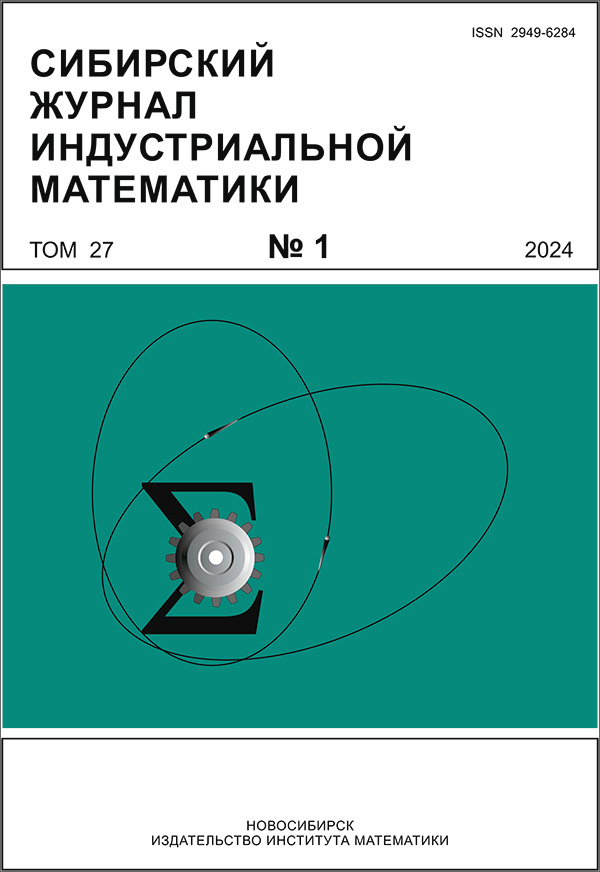|
Cubic version of the least-squares collocation method and its application to plate bending analysis
S. K. Golushkoab, L. S. Bryndinac, V. A. Belyaevac, A. G. Gorynina
a Novosibirsk State University, Novosibirsk, 630090 Russia
b Federal Research Center for Information and Computational Technologies, Novosibirsk, 630090 Russia
c Khristianovich Institute of Theoretical and Applied Mechanics, Siberian Branch, Russian Academy of Sciences, Novosibirsk, 630090 Russia
Abstract:
A new cubic version of the least-squares collocation method based on adaptive grids is developed. The approximate values of the solution and its first derivatives at the vertices of quadrangular cells are the unknowns. This approach has made it possible to eliminate the matching conditions from the global overdetermined system of linear algebraic equations consisting of collocation equations and boundary conditions. The preconditioned system is solved using the SuiteSparse library by the orthogonal method with the CUDA parallel programming technology. We consider the Reissner—Mindlin plate problem in a mixed setting. A higher accuracy of deflections and rotations of the transverse normal in comparison with the isogeometric collocation method as well as the uniform convergence of shear forces in the case of a thin plate are shown in the proposed method. Bending of an annular plate and round plates with an off-center hole is analyzed. An increase in the shear force gradient in the vicinity of the hole is shown both with a decrease in the plate thickness and with an increase in the eccentricity. The second order of convergence of the developed method is shown numerically. The results obtained using the Reissner—Mindlin theory are compared with the ones in the Kirchhoff—Love theory and three-dimensional finite element simulation.
Keywords:
least-squares collocation method, automatic solution continuity, adaptive grid, Reissner—Mindlin plate theory, off-center hole.
Received: 17.10.2023
Revised: 25.04.2024
Accepted: 03.07.2024
Citation:
S. K. Golushko, L. S. Bryndin, V. A. Belyaev, A. G. Gorynin, “Cubic version of the least-squares collocation method and its application to plate bending analysis”, Sib. Zh. Ind. Mat., 27:3 (2024), 36–56; J. Appl. Industr. Math., 18:3 (2024), 448–464
Linking options:
https://www.mathnet.ru/eng/sjim1289 https://www.mathnet.ru/eng/sjim/v27/i3/p36
|

| Statistics & downloads: |
| Abstract page: | 49 | | Full-text PDF : | 2 | | References: | 8 | | First page: | 5 |
|




 Contact us:
Contact us: Terms of Use
Terms of Use
 Registration to the website
Registration to the website Logotypes
Logotypes









 Citation in format
Citation in format 